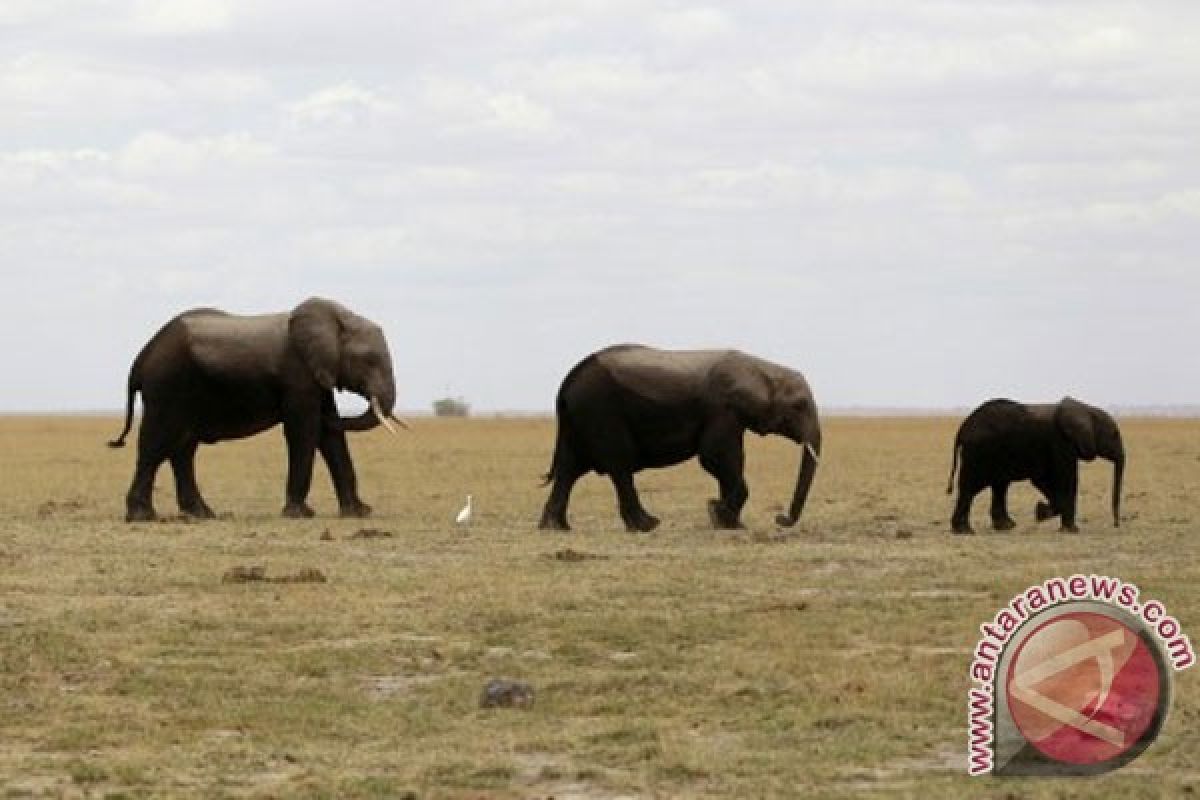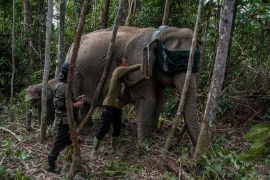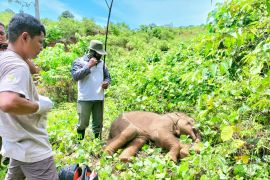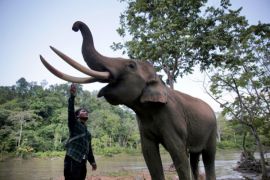Recognizing predators and judging the level of threat they pose is a crucial skill for many wild animals."Washington (ANTARA News/Xinhua-OANA) - Elephants are able to identify humans that pose a threat to them by distinguishing between the language and voices of different ethnic groups, a new study said Monday (March 10).
The study, carried out in Amboseli National Park in Kenya, involved family groups of African elephants being played sound recordings of the voices of two different human ethnic groups known to them: the Maasai, who, periodically come into conflict with elephants over access to water and grazing for their cattle, and the Kamba, whose more agricultural lifestyle poses less of a threat to elephants.
The results showed that elephants were more likely to demonstrate defensive behavior, such as bunching together and investigative smelling, in response to male Maasai voices than male Kamba voices.
Furthermore, their behavior was also less defensive in response to voices of Maasai women and boys than to Maasai men, indicating that they also specifically take account of the sex and age of the voice to pinpoint the most threatening situations.
The results suggested that the elephants use vocal cues to determine the threat posed by nearby humans, and indicated considerable cognitive flexibility and fine-grained discrimination abilities, researchers at the University of Sussex said.
"Recognizing predators and judging the level of threat they pose is a crucial skill for many wild animals," Professor Karen McComb, lead author of the study, said in a statement.
"Human predators present a particularly interesting challenge, as different groups of humans can represent dramatically different levels of danger to animals living around them," McComb said.
Co-author Graeme Shannon said that acoustic cues, from which a herd can determine the ethnicity, gender and age of a potential predator, have an additional advantage in serving as an effective early warning system, especially if the predator is out of sight.
"The ability to distinguish between Maasai and Kamba men delivering the same phrase in their own language suggests that elephants can discriminate between different languages," Shannon said.
"This apparently quite sophisticated skill would have to be learned through development or through younger family members following the lead of the herds matriarch and other older females. "
Previous studies have shown that African elephant family groups exhibit greater fear to the scent of garments worn by Maasai men than Kamba men, and also show aggression when presented with the red clothes that the Maasai typically wear.
The study was published in the U.S. journal Proceedings of the National Academy of Sciences.
(U.C003)
Editor: Priyambodo RH
Copyright © ANTARA 2014












